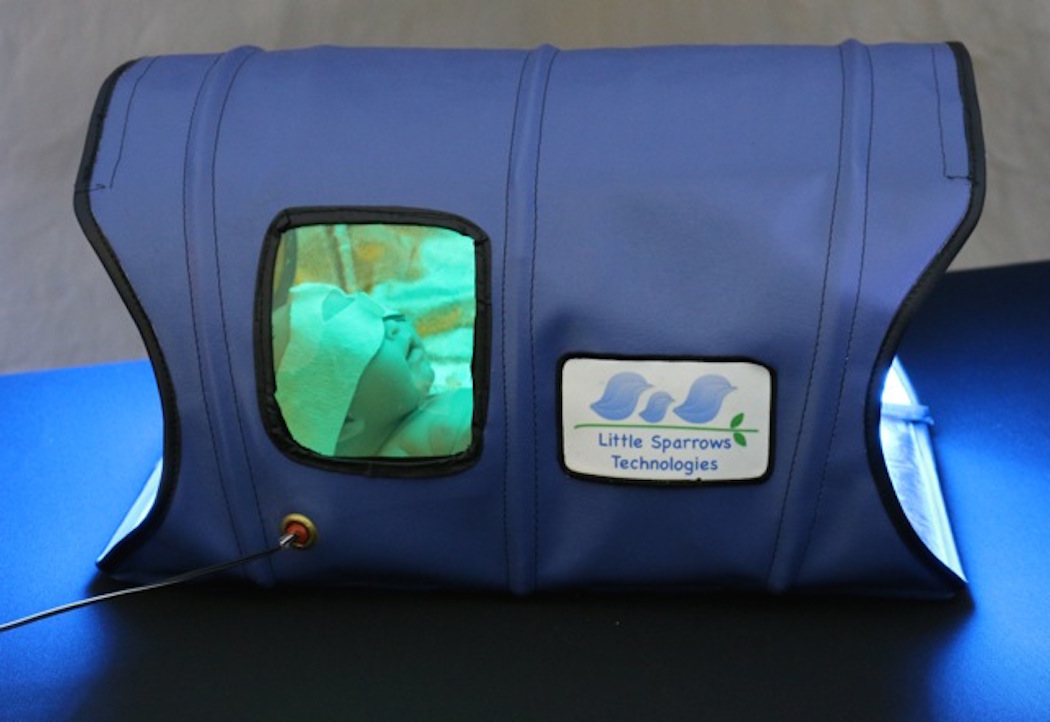
Most of the core knowledge I’ve learned over the years as been self-taught. I love the challenge of picking up a new programming language or software and simply learning it inside and out, but not everyone is able to extract this knowledge as easily.
Today, in the information age, with rapidly growing technology connecting everyone, we can learn almost anything on the internet. But there is a lot to be said for information that simply can’t be learned from an online pre-recorded video, electronic book, web help page, or even blog – things like troubleshooting that only come through experience, for example. We can document common issues, provide known solutions, and dump our knowledge into it, but often it’s all missing a key element.
Mentoring: Bridging the Gap

This past week I attended Autodesk University (2015) for the first time! I have always wanted to go and had even dreamed of what I might do, but I never imagined this experience would not only be so impactful for me, but also others. Not only did I get to attend some classes and learn myself, but I also had the critical responsibility of mentoring twenty or so companies individually, all involved in the Autodesk Entrepreneur Impact Program (EIP) via Autodesk Foundation.
I also taught a three and half hour formal class on Autodesk Fusion 360 and 3ds Max to the same group which enabled them to help visualize thier ideas and show them to potential investors or customers. So they all had needs for which traditional training is a part of the solution, but we can’t stop there, without a relationship that long-term mentoring can provide it falls short.
Mentoring in Context
A mentor can tailor content, consulting, and training to your specific needs and problems using your software all while taking into account your feedback and level of understanding.
So what specific roles does a Mentor play in the course of a mentoring relationship? In 2004, David Clutterbuck, an academic who studied mentoring relationships, coined an acronym for what mentors do:
- Manage the relationship
- Encourage
- Nurture
- Teach
- Offer mutual respect
- Respond to the learner’s needs
In the context of corporate mentoring some of these views have moved on, especially the first, but from our perspective and in the context of how we mentor this still very much applies.
Beyond that Mentors are:
|
|
|
|
|
|
They Create as If Lives Depend on It
Every single one of these companies or individuals I’ve had the pleasure of working with are changing the world we live in and taking on the epic challenges of our day. They need modern (and usually free!) software, specific training, and partners who share thier ideals – all which Autodesk and KETIV are providing.
LITTLE SPARROWS TECHNOLOGIES (LST)
A phototherapy device to treat Neonatal jaundice that can be used “wherever there is a baby in need” requires a design approach sensitive to underserved contexts.
LST was launched in 2013 by Donna Brezinski, MD, a Neonatologist at Boston Children’s Hospital and an Instructor in Pediatrics at Harvard Medical School. Dr. Brezinski, together with her husband, Gary Gilbert, MD, co-founded LST to develop innovative approaches to ensuring that all infants have access to the medical care that they need.
Since then the team has grown to eight, hiring talents like Biomedical Engineer Shreyas Renganathan and Product Engineer Erica Kontson who both have background or degrees in Biomedical Engineering.
“Our next steps for development include user feedback with pilot trials in high-need areas. Our goal is to continue context-driven design improvements to develop a device best suited to these regions”
Our mentoring session focused on building a road map to provide expert direction. Using Autodesk Fusion 360 they are improving their design, continuing to make it more cost-effective, and safer for the infants treated by it. As you can imagine they also have complex lighting study and analysis needs for which Autodesk 3ds Max (Design) will be used.
 BILI-HUT BY LITTLE SPARROWS TECHNOLOGIES
BILI-HUT BY LITTLE SPARROWS TECHNOLOGIES
More Than Software
I am proud that KETIV and Autodesk are investing in these companies and technologies with more than just software, but also sustainable and modern training and mentoring.
One of the ways we accomplish this is through KETIV AVA (Autodesk Virtual Academy) which is centered around live, year-round, web-based learning every week for engineers and designers using Autodesk software for product development and manufacturing.

